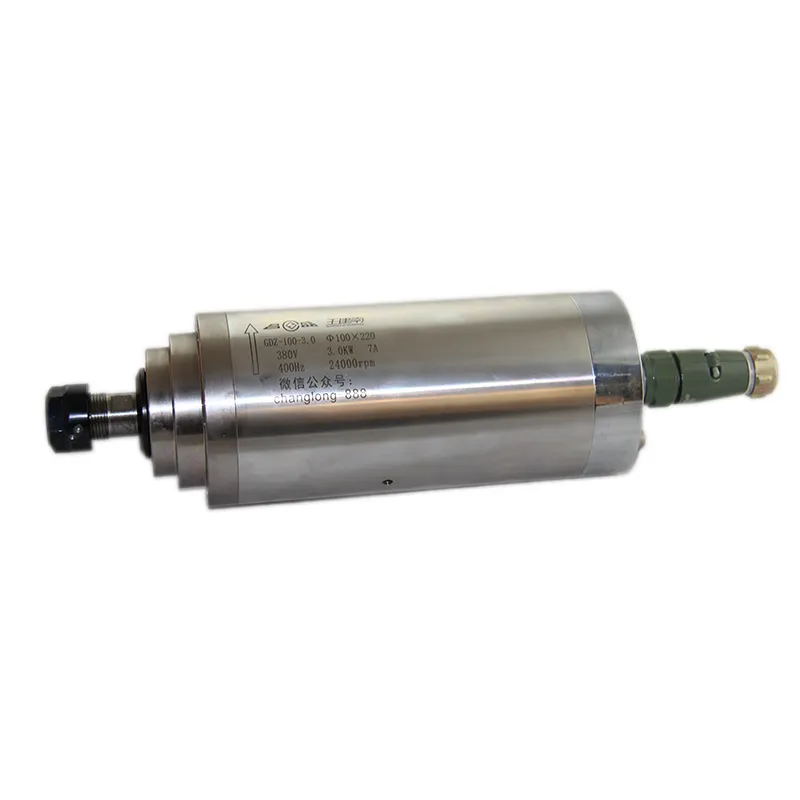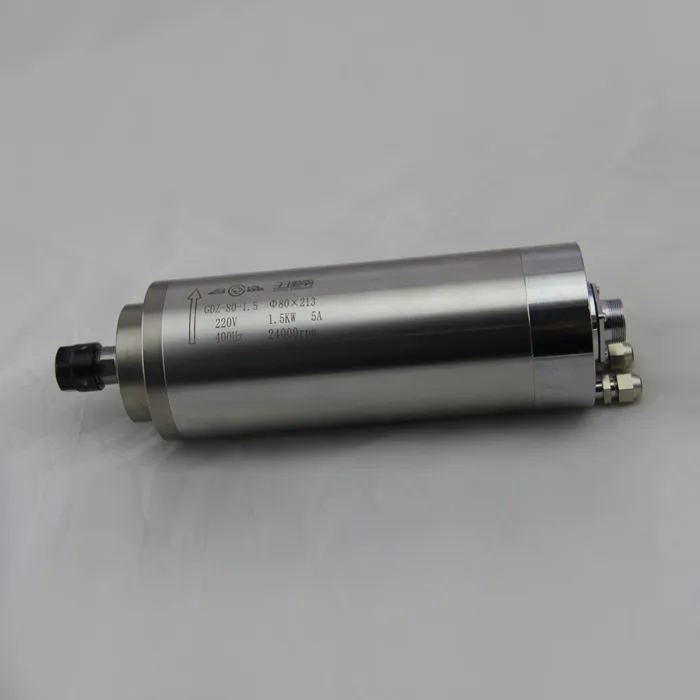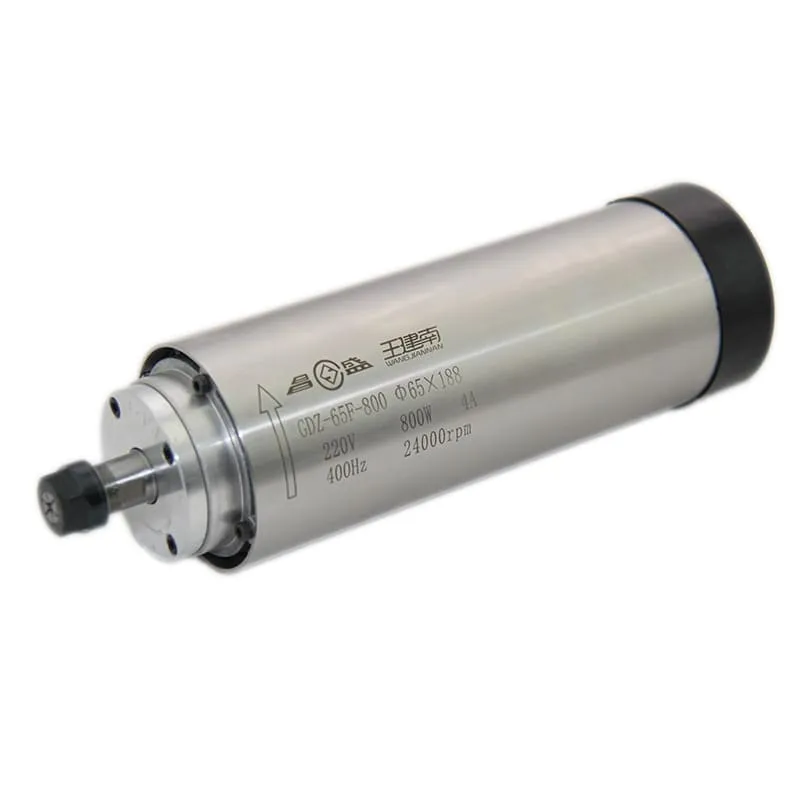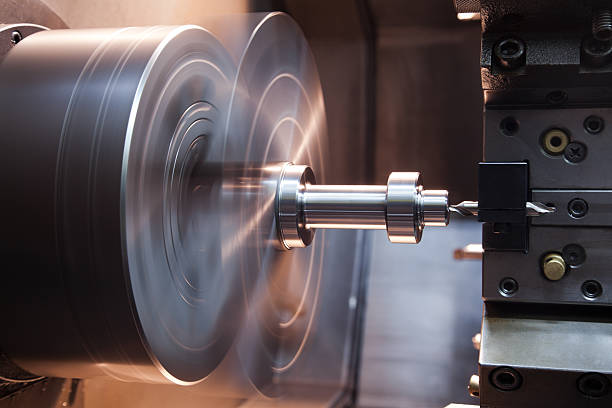How Long Does a CNC Machine Last?
CNC (Computer Numerical Control) machines are the backbone of modern manufacturing, offering precision, efficiency, and versatility across various industries. One of the most common questions among potential buyers and users is: how long does a CNC machine last? The lifespan of a CNC machine is a crucial factor in determining its value and return on investment. In this comprehensive guide, we’ll explore the various factors that influence the longevity of CNC machines and provide insights on how to maximize their lifespan.
Understanding the Lifespan of CNC Machines
The lifespan of a CNC machine can vary significantly depending on several factors. On average, a well-maintained CNC machine can last anywhere from 10 to 30 years. However, it’s important to note that this is not a fixed number, and many machines can operate effectively for even longer periods with proper care and maintenance.
Factors Affecting CNC Machine Longevity
Several key factors contribute to the lifespan of a CNC machine:
- Build Quality: The initial quality of the machine plays a crucial role in its longevity.
- Usage Intensity: How frequently and intensively the machine is used affects its lifespan.
- Maintenance Practices: Regular and proper maintenance is vital for extending a machine’s life.
- Environmental Conditions: The working environment can significantly impact the machine’s durability.
- Technological Advancements: Rapid technological changes may render a machine obsolete before its mechanical end of life.
Let’s delve deeper into each of these factors to understand their impact on CNC machine longevity.
The Impact of Build Quality on CNC Machine Lifespan
The initial quality of a CNC machine is perhaps the most significant factor in determining its potential lifespan. High-quality machines, built with superior materials and precision engineering, are naturally designed to withstand the test of time. Key aspects of build quality include:
- Frame Construction: A robust, rigid frame minimizes vibration and maintains accuracy over time.
- Component Quality: High-grade bearings, motors, and electronic components contribute to longevity.
- Spindle Quality: The spindle is the heart of a CNC machine. High-quality spindles, such as the 24000RPM 3KW ER20 Water-Cooling Spindle, can significantly extend the machine’s useful life.

A 24000RPM 3KW ER20 Water-Cooling Spindle, crucial for CNC machine longevity
Investing in a well-built CNC machine from a reputable manufacturer can lead to a longer operational life and lower total cost of ownership in the long run.
Usage Intensity and Its Effect on CNC Machine Lifespan
The way a CNC machine is used plays a significant role in determining its lifespan. Factors to consider include:
- Operating Hours: Machines running 24/7 will naturally wear faster than those used less frequently.
- Workload Type: Heavy-duty cutting operations can cause more wear than lighter machining tasks.
- Material Processing: Machining harder materials or abrasive substances can accelerate wear on cutting tools and machine components.
To mitigate the effects of intense usage:
- Follow manufacturer recommendations for duty cycles.
- Use appropriate cutting tools and parameters for different materials.
- Implement a rotation system if multiple machines are available to distribute workload.
The Crucial Role of Maintenance in Extending CNC Machine Life
Proper maintenance is perhaps the most controllable factor in extending the life of a CNC machine. A well-maintained machine can easily outlast a neglected one by several years. Key maintenance practices include:
- Regular Lubrication: Ensuring all moving parts are properly lubricated reduces wear and friction.
- Coolant Management: Maintaining clean coolant prevents contamination and extends tool life.
- Alignment Checks: Regular geometry checks and realignment maintain machining accuracy.
- Spindle Maintenance: Proper spindle care, including regular inspections and timely repairs, is crucial for machine longevity.

A 24000RPM 1.5KW ER16 Water-Cooled Spindle, essential for maintaining CNC performance
Implementing a preventive maintenance schedule can significantly extend the life of your CNC machine and reduce unexpected downtime.
Environmental Factors and Their Impact on CNC Machine Durability
The environment in which a CNC machine operates can significantly affect its lifespan. Key environmental considerations include:
- Temperature and Humidity: Extreme temperatures and humidity can affect electronic components and cause dimensional changes in mechanical parts.
- Dust and Debris: Airborne particles can interfere with moving parts and electronic systems.
- Vibration: Excessive vibration from nearby machinery can affect alignment and accuracy over time.
To mitigate environmental impacts:
- Maintain a controlled climate in the machining area.
- Use dust collection systems and air filtration to keep the environment clean.
- Install vibration isolation systems if necessary.
Technological Advancements and CNC Machine Obsolescence
While a CNC machine may still be mechanically sound, technological advancements can render it obsolete. Factors to consider include:
- Control System Updates: Newer control systems offer improved features and efficiency.
- Software Compatibility: Older machines may struggle to run modern CAM software.
- Energy Efficiency: Newer machines often offer significant energy savings.
To address technological obsolescence:
- Consider control system upgrades when available.
- Invest in machines with modular designs that allow for easier upgrades.
- Stay informed about technological trends in CNC machining.
Maximizing CNC Machine Lifespan: Best Practices
To get the most out of your CNC machine investment, consider these best practices:
- Implement a Rigorous Maintenance Schedule: Regular checks and preventive maintenance are key.
- Train Operators Properly: Well-trained operators can significantly reduce wear and tear on machines.
- Upgrade Components Strategically: Replacing worn components with modern equivalents can extend machine life.
- Monitor Performance Metrics: Keep track of accuracy, speed, and other performance indicators to catch issues early.
- Optimize Machining Parameters: Use appropriate speeds, feeds, and cutting strategies to reduce machine stress.

An 800W ER11 Air-Cooled Spindle, suitable for upgrading older CNC machines
The Economics of CNC Machine Longevity
When considering the lifespan of a CNC machine, it’s important to look beyond just the physical durability. The economic lifespan of a machine – the period during which it remains cost-effective to operate – is equally important. Factors to consider include:
- Maintenance Costs: As machines age, maintenance costs typically increase.
- Productivity: Newer machines may offer significant productivity improvements.
- Energy Efficiency: Modern CNC machines often consume less energy, reducing operational costs.
A comprehensive cost-benefit analysis should be performed periodically to determine whether it’s more economical to continue maintaining an older machine or invest in a new one.
Case Studies: Long-Lasting CNC Machines
Let’s look at a few examples of CNC machines that have stood the test of time:
- Aerospace Manufacturer: A high-end 5-axis machine, purchased in 1995, is still in operation today thanks to meticulous maintenance and strategic upgrades.
- Educational Institution: A CNC lathe, installed in 1988, continues to be used for training purposes after multiple control system upgrades.
- Small Job Shop: A CNC router, bought secondhand in 2000, remains productive after a spindle upgrade and regular maintenance.
These cases demonstrate that with proper care and strategic upgrades, CNC machines can remain productive far beyond their expected lifespan.
The Future of CNC Machine Longevity
As technology continues to advance, we can expect several trends that may impact CNC machine lifespan:
- Modular Designs: Easier component replacement and upgrades.
- Predictive Maintenance: AI-driven systems that predict failures before they occur.
- Self-Diagnosing Machines: Advanced sensors and software for real-time performance monitoring.
- Sustainable Manufacturing: Machines designed for longer life cycles and easier recycling.
These advancements promise to extend the useful life of CNC machines while improving their performance and efficiency.
Making the Decision: Repair, Upgrade, or Replace
As a CNC machine ages, owners face the decision of whether to repair, upgrade, or replace it. Consider the following factors:
- Repair Costs vs. Replacement Cost: If repair costs approach 50-70% of a new machine’s cost, replacement might be more economical.
- Productivity Gains: Will a new machine significantly increase output or reduce operating costs?
- Technological Requirements: Can the current machine meet evolving production needs?
- Market Demands: Are customers requiring capabilities that only newer machines can provide?
Carefully weighing these factors can help make an informed decision about the future of your CNC equipment.
FAQs About CNC Machine Lifespan
1. What is the average lifespan of a CNC machine?
The average lifespan of a CNC machine typically ranges from 10 to 30 years, depending on factors such as build quality, maintenance, and usage intensity.
2. How often should a CNC machine be serviced?
CNC machines should undergo routine maintenance daily, weekly, and monthly, with more comprehensive services performed quarterly or annually, depending on usage and manufacturer recommendations.
3. Can upgrading components extend a CNC machine’s life?
Yes, strategic upgrades, particularly to key components like spindles, control systems, and servo motors, can significantly extend a CNC machine’s useful life.
4. How does the type of material being machined affect a CNC machine’s lifespan?
Machining harder or more abrasive materials can accelerate wear on cutting tools and machine components, potentially shortening the machine’s lifespan if not properly managed.
5. Is it more cost-effective to maintain an old CNC machine or buy a new one?
This depends on factors such as maintenance costs, productivity differences, and technological requirements. A cost-benefit analysis should be performed to make this determination.
Conclusion
The lifespan of a CNC machine is not a fixed number but rather a result of various interplaying factors. While the average lifespan ranges from 10 to 30 years, many machines can operate effectively for even longer periods with proper care and strategic upgrades. The key to maximizing a CNC machine’s longevity lies in a combination of initial quality, proper maintenance, appropriate usage, and timely upgrades.
Investing in high-quality components, such as reliable spindles and robust control systems, can significantly extend a machine’s useful life. Regular maintenance, including proper lubrication, alignment checks, and timely repairs, is crucial for preventing premature wear and maintaining accuracy over time.
As technology continues to advance, the concept of a CNC machine’s lifespan is evolving. Modular designs, predictive maintenance systems, and upgradeable components are making it possible to extend the economic life of these machines beyond traditional expectations. However, it’s important to regularly assess the balance between maintaining older equipment and investing in new technology to ensure optimal productivity and competitiveness.
Ultimately, the longevity of a CNC machine is a testament to both its initial quality and the care it receives throughout its operational life. By understanding the factors that influence a CNC machine’s lifespan and implementing best practices in maintenance and operation, manufacturers can maximize their investment and ensure years of productive, precise machining.
Remember, a well-maintained CNC machine is not just a piece of equipment – it’s a long-term partner in your manufacturing success. By treating it as such, you can enjoy the benefits of reliable, precise machining for many years to come.

